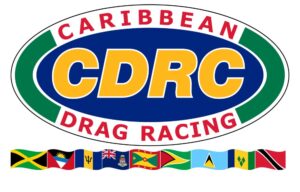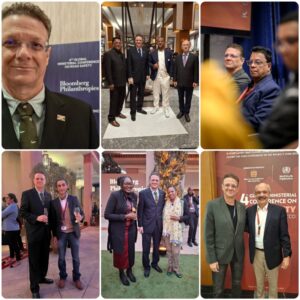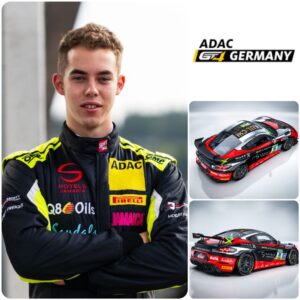TYPES OF MOTOR SPORT
Circuit Racing
Circuit Racing is a number of cars racing wheel-to-wheel on a race track. The winner is the first competitor to reach the chequered flag, which falls once the designated number of race laps has been completed.
Most meetings comprise practice sessions, qualifying and at least one race. Qualifying is the session that decides which position the competitors will start the race from. First place on the grid, usually awarded to the driver who sets the fastest lap in qualifying, is known as pole position.
Drifting
Drifting is a sport that focuses on a particular driving technique of the same name, which has been used in other well-known motorsports, such as rally and speedway racing, for numerous years. Car drifting is all about using oversteer to get the vehicle to drive sideways through corners. This has to happen at a high speed and while the driver remains in full control of the car.
Theoretically, every car is capable of drifting. However, cars that are equipped with rear-wheel drive are particularly good at this technique. A four-wheel drive can also make a good drift car. In contrast to classic circuit races, where the tracks are several kilometres long, the distances for drift tracks are much shorter. Usually only a few hundred meters long, the drift race track consists of as many curves as possible lined up next to each other.
Dexterity Test
Dexterity tests are all about car control. The challenge is to negotiate as quickly as possible a memorised, low-speed course without hitting any markers.
While you will rarely venture out of first and reverse gears, you will need to get the hang of handbrake turns, J-turns and the like particularly when competing at a national level. Clubs also run simpler autotests which involve no or little reversing and may be an easier place to start.
Drivers compete on courses – usually on tarmac or grass areas such as car parks or smooth fields – marked out by plastic pylons or cones, usually with three attempts at each course. The driver with the lowest time is the winner, although penalties are incurred for hitting cones, failing to stop on a line, or for taking the wrong route.
Drag Racing
Two vehicles, ranging from standard road cars to purpose-built rails depending on the class, line up side-by-side on an arrow-straight strip of asphalt. When the lights go out they accelerate away to the finish a quarter of a mile away.
Depending on the specific event, the aim is either to reach the finish line as quickly as possible or to come as close as you can to the time that you predict you will run, without going quicker than it.
Generally events use a knock-out format, with the winner of each round progressing to the next until the winner is declared.
Karting
Think of Karting as scaled down circuit racing, for as well as the vehicles being smaller the circuits are too; most karting is ‘short circuit’, although more powerful Superkarts (or Long Circuit Karts) do run on full-size race tracks.
The principle is the same as for circuit racing; karts go wheel-to-wheel and the winner is the first to reach the chequered flag, which falls after the designated number of laps is completed.
Most Kart events comprise practice sessions, qualifying, heats and one or two ‘finals’.
Rallies
Stage Rallies mainly take place in the forests or fields and comprise loops of competitive sections, or stages, with the winner being the crew (driver and co-driver) that completes them all in the lowest aggregate time. The co-drivers read route direction notes issued by the organizers on both the stages and the linking road sections to ensure the car is heading the right way.
For Road Rallies on the public highway the emphasis is as much on navigation as driving skill. The navigator, who uses Ordnance Survey maps and other instructions to direct the driver around the route, must be very careful with timing – it’s just as bad if you check in too early as it is to check in too late at a time control.
SIM Racing
Simulation racing, known better as ‘SIM Racing’, is the concept of virtual races taking place on simulated software.
Sim racing focuses on the users requirement to develop understandings of variables such as tyre temperatures, suspension geometry and the ability to feel how a car is reacting across the tarmac.
As a result of this enhanced realism, sim racing finds itself in a unique niche where the skills between virtual and reality are, arguably, the most transferable compared to other video games. They are, in fact, so accurate that many real-world motorsport teams (such as Ferrari, Mercedes etc.) use simulators to train their drivers prior to them being physically present at the real tracks.
Sprints
There are usually three timed runs, the best of which counts towards the results. While it is not a racing discipline there may be multiple cars on the course at any one time, depending on course space and conditions. Competing is against the clock, and the quickest person wins.
There are different classes, which are determined by engine size. Cars can also be double driven, so you can team up with friends or family and help reduce the cost of competing.
Remember that it is the competitor’s responsibility to ensure that their vehicle and equipment comply with both the Regulations of the event or championship.
If you have any questions about vehicles or equipment you can ask a member of the JMMC Competition Subcommittee by sending an email to jamotoringclub@gmail.com







